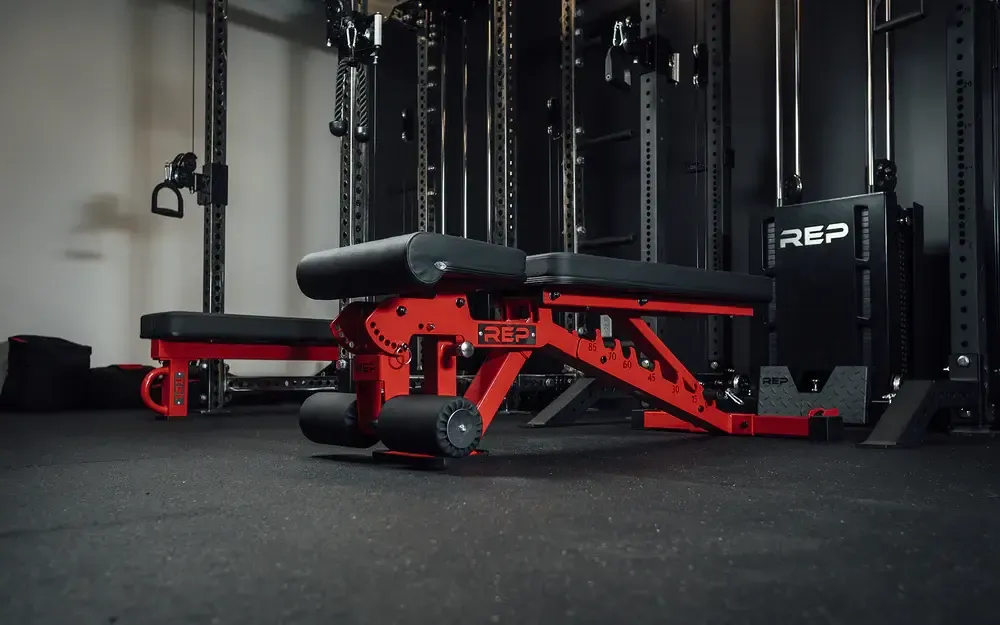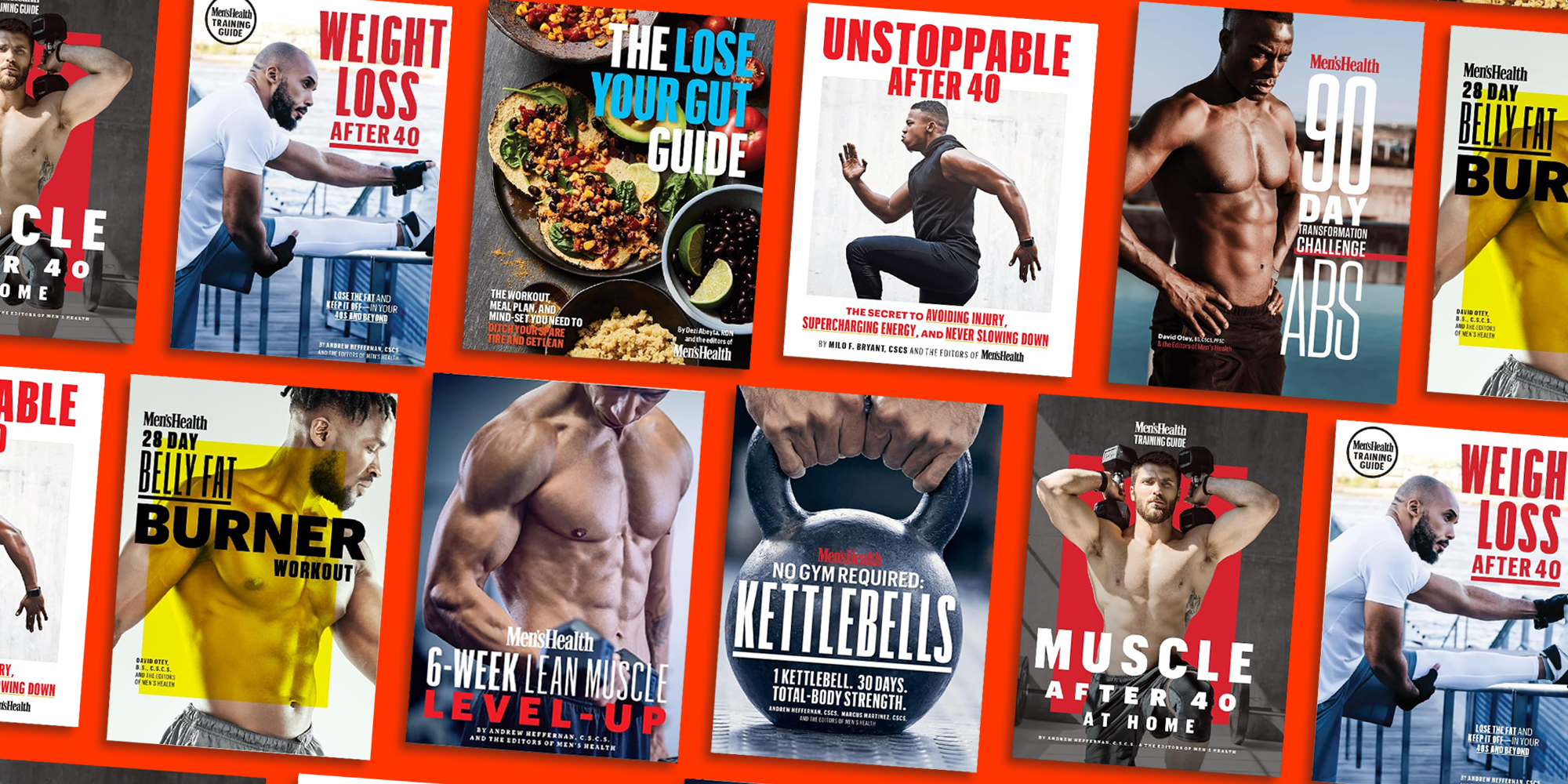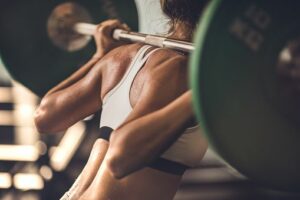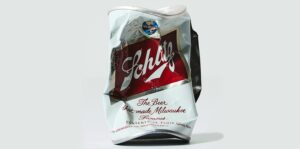Is the REP Fitness AB-3000 the Secret Mid-Range Bench That’s Changing Home Gyms Forever?
Standout Features
AB-3000 vs. AB-3000 2.0: Key Differences
I’ll dive into the significant differences between the two benches below, but here’s a quick breakdown of what’s the same and what’s new with REP’s AB-3000.
What’s New
- More back pad angles for added versatility
- Protective rubber covers on the front and back feet
- A squared-off back pad for increased surface area
- New, denser, and grippier CleanGrip® padding
- Wider back leg for enhanced stability
- Horizontally positioned bench handle, now built into the leg roller
- Additional color options: Metallic Black, Red, Blue, White, Matte Black
What’s The Same
- Supports up to 1,000 pounds
- Ladder-style adjustment system
- Flat, incline, and decline (FID) capabilities
- Built-in leg roller
- Adjustable seat angles
Adjustment System
My favorite feature of this bench is the ladder-style adjustment system. While most benches rely on a pin mechanism—requiring you to pull a latch, lift the back pad, and wait for the pin to click back into place—the AB-3000 takes a more efficient approach.
The ladder system uses a crossbar that slides easily into preset grooves, making adjustments fast and straightforward—no pins or latches required. Lowering the bench is just as easy: pull the crossbar out and manually place it in the groove of your choice. It’s the fastest and simplest adjustment system I’ve used.
REP also added dampeners to the crossbar, making the process quieter than expected. I used the bench while my nine-month-old son was napping, and the adjustment noise never caused a stir.
Backpad Angles
REP revamped the AB-3000’s back pad angles based on lifter feedback. The 2.0 model offers eight back pad angles (up from seven), with the negative 12-degree and 85-degree remaining the same. The bench also includes five seat angles, ranging from five to 20 degrees, all controlled by a pin adjuster.
In a blog post on REP’s website, the company says that they made these back pad angle changes in part because research found that 30 and 45 degrees were the most optimal pressing angles for chest development. The original AB-3000 had 35- and 50-degree angles, but this updated design better aligns with those findings.
Seat Pad
The seat pad on REP’s flagship bench is reversible, allowing you to position it depending on whether you want the bench to taper in or out at the bottom. REP suggests positioning the wide side at the front to protect the back of your knees during decline work, while the narrow side is more suited for standard pressing.
I keep the narrow side facing forward since I use the bench primarily for flat and incline presses rather than decline work. Also, my pressing stance tends to be wider, and the narrow setting allows me to get into position without my knees hitting the sides of the seat pad.
Switching the seat pad is a bit of a hassle, so it’s not something you’ll want to do often. My advice is to loosely screw in the seat to try both positions during assembly. Once you’ve found your preferred seat position, stick with it. Either position works, so go with what’s more comfortable.














Post Comment